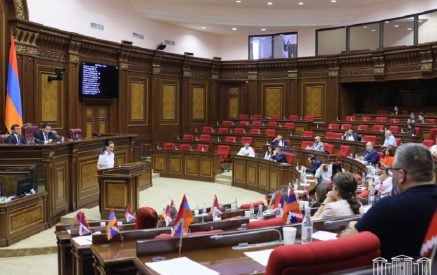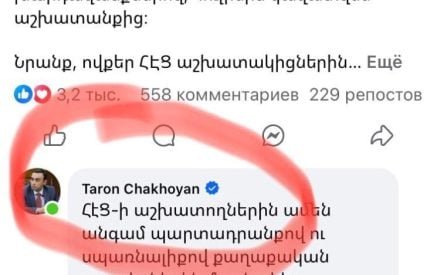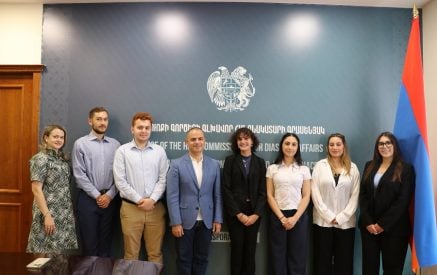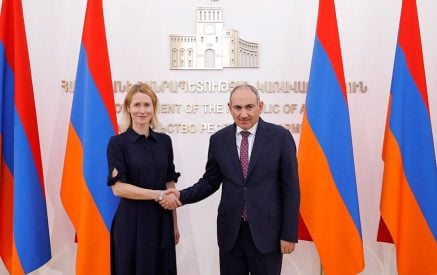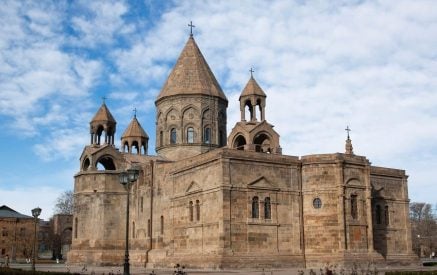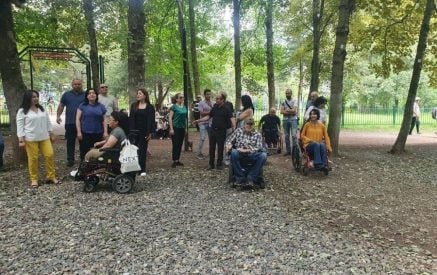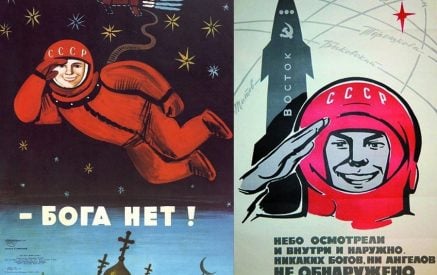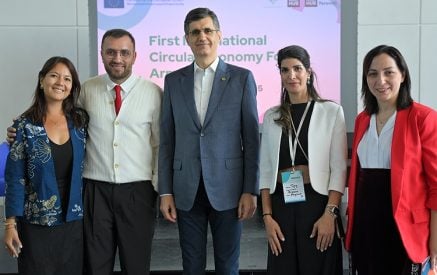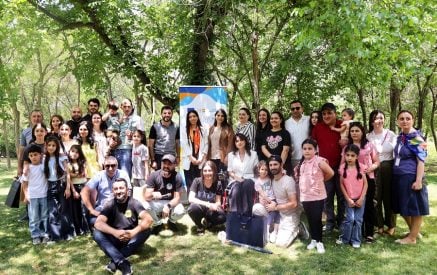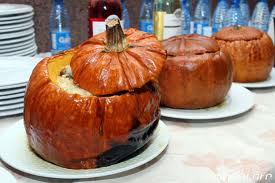
Her recipes for dishes such as cheese boereg, stuffed cabbage, herisah and lamb shish kebabs came from her grandparents, Ansen and Parantzem Haroian, who immigrated to the United States in the early 1900s.
Norma and her husband, Eddie, who’s also of Armenian descent, still eat meals heavy on traditional Armenian crops, such as apricots, pomegranates, walnuts, almonds, wheat and rice, as well as yogurt, lamb and fresh herbs.
“That’s why (Armenians) live so long,” said Norma, whose mother is 90 and still going strong. “The foods that we eat are healthy and natural. And (our ancestors) walked everywhere in the mountains, so they got lots of exercise.”
Read also
Norma and her mother, Varsenig “Vee” Throne, live in a Granite City neighborhood known as Lincoln Place. It became a melting pot in the late 1800s and early 1900s, when many immigrants from Eastern and Southern Europe got jobs in local industries.
Norma is making more than a dozen Armenian dishes to sell at the 10th annual Lincoln Place Heritage Festival on Saturday at Lincoln Place Community Center.
The festival also will feature home-cooked food from Macedonia, Bulgaria and Mexico, as well as mountain dulcimer music, singing, Scottish folk dancing and children’s activities.
“The festival focuses on the cultures of the major ethnic groups that settled here,” said Norma, who is founder and president of Lincoln Place Heritage Association.
On a recent weekday, Norma demonstrated how to prepare three Armenian favorites: grape leaf dolma, rice pilaf and pakhlava.
Grape leaf dolma, like many Armenian dishes, involves stuffing. Norma rolled grape leaves around a mixture of ground beef (substituted for lamb), cracked wheat, rice, onions and spices.
She then placed the cigar-shaped rolls in a pan, held them in place with a small plate and poured on beef broth before simmering for 45 minutes.
“A lot of people like to add tomato sauce, but tomatoes are not indigenous to Armenia,” Norma said. “They came from the Western Hemisphere in 1492 after Columbus’ voyage to America.”
Pakhlava is one of the most labor-intensive Armenian dishes. Vee emphasized that it’s different from Greek baklava, which has honey poured on it.
Norma placed 24 paper-thin layers of phyllo dough in a baking pan one at a time, brushing melted butter in between. Her filling consisted of ground walnuts, sugar and butter.
Vee remembers when her mother and other Armenian women in the neighborhood made phyllo dough from scratch. Today, she and Norma buy it pre-made.
“It’s very laborious,” Vee said. “I still have the board and the dowel that my father made for my mother. I remember how she would flap (the dough) over.”
Many Eastern and Southern Europeans immigrated to the United States in the early 1900s because of religious, racial and political persecution, war, famine and poverty.
Norma’s grandfather immigrated in 1909. He returned to Armenia eight years later to find a wife and courted Parantzem for only a couple weeks before bringing her back to Granite City.
The immigrant neighborhood was populated mostly by Armenians, Macedonians, Bulgarians, Hungarians, Croatians and Mexicans, along with smaller concentrations of other ethnic groups. They adopted the name Lincoln Place.
“They all admired Abraham Lincoln because he came from nothing and made a name for himself, just like them,” Norma said. “He represented the values they admired, such as hard work, opportunity and the ability to make a better life for themselves and their children, especially through education.”
Norma is a retired history teacher. She was working on her master’s degree at Southern Illinois University Edwardsville in 2001, when she helped form Lincoln Place Heritage Association.
Norma and her classmates conducted about 50 interviews with Lincoln Place immigrants and descendants as a way to preserve their history.
One of the things that impressed the college students was the immigrants’ bravery and determination in the face of adversity.
“The Christian Armenians, in particular, were experiencing a genocide carried out by the Muslim Turks,” Norma said. “From 1915 to 1917, a million and a half were killed.”







